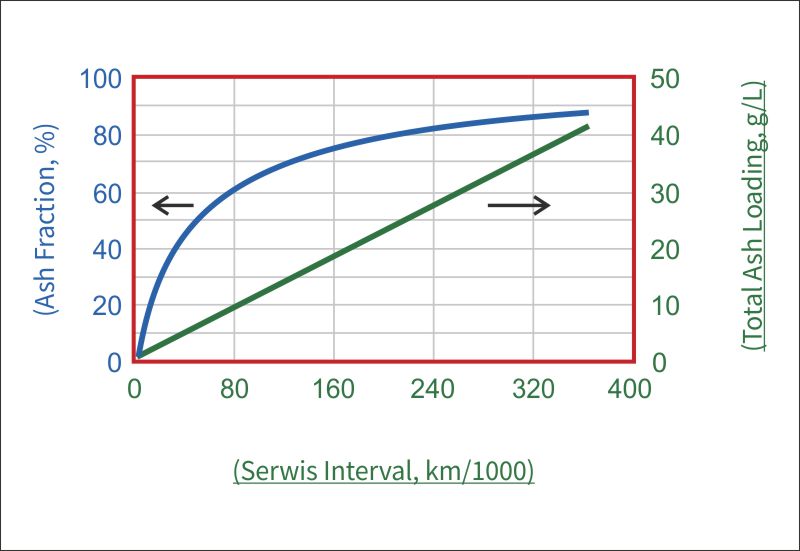CONTAMINANT TYPES
Soot – a product forming during incomplete fuel combustion.
Most generally, we can distinguish two types of soot accumulation:
1. Pore accumulation – particulates can deposit in the pore network inside the filter wall material.
Although only a small part of total soot accumulates in the filter micropores, it contributes to a rapid pressure drop in the filter.
Depending on the level of the soot load and the filter type, the accumulation of pores may in some cases constitute 50% or even more of the filter pressure drop.
2.Soot clumping – with an increase in soot accumulation, a layer of particles starts to form along the wall surface in inlet channels, and then the filtration of the soot clumping becomes a prevailing mechanism.
Ashes
Ash accumulates in the DPF during a long use, as a non-flammable material left after the filter regeneration and soot oxidation. Ash consists of various compounds of metals coming from lubricating additives, trace elements in fuel, as well as the wear of the engine and products of corrosion.
As it is shown in Figure 1, ash can take a lot of the filter capacity, as it can accumulate in the thin layer along the channel walls or take up the space towards the rear part of the filter channels. One of the effects of ash accumulation is the reduction of the effective capacity of the filter or the filtration areas and the reduction of the ability to store soot. The ash build-up also changes the distribution of the accumulated soot, usually moving it towards the front part of the filter. The combined phenomena contribute to the reduction of the channel diameter and a decrease in the effective length of the filter channels. As a result, ash contributes to an increase in the limitation of exhaust fumes flow.
Secondly, the ash layer physically separates the accumulated soot from the catalyst converter (of e.g. platinum particles) which can be deposited on the DPF walls surface. It prevents not only the contact of soot particles with the catalyst converter but also increases the required length of diffusion for soot oxidation supported by NO2 (nitrogen dioxide).
Figure 1 best illustrates the size of the problem because it presents the share of ash in the total mass of the material accumulated in DPF (ash and soot), adopting the maximum load of 6 g / L
Based on Figure 2, after only 53 000 km of use on the road, about 50% of the material accumulated in DPF is ash. In other words, the amount of ash is equal to the amount of soot at the maximum permitted soot load limit of 6 g / L. Moreover, after 240 000 km, ash constitutes over 80% of the material trapped in DPF, of which soot is the minority.
Contamination with engine oil caused by leaking inlet system (e.g. a failure of the supercharger). Oil gets into the filter insert (monolith) where it is subject of the sintering process.



